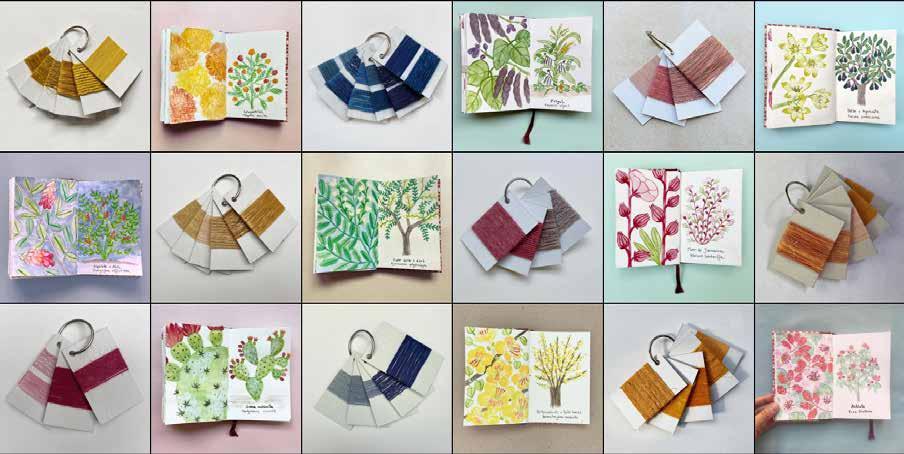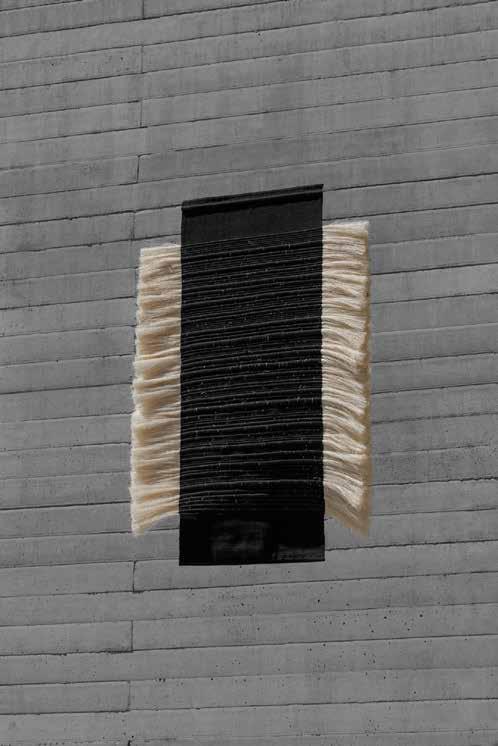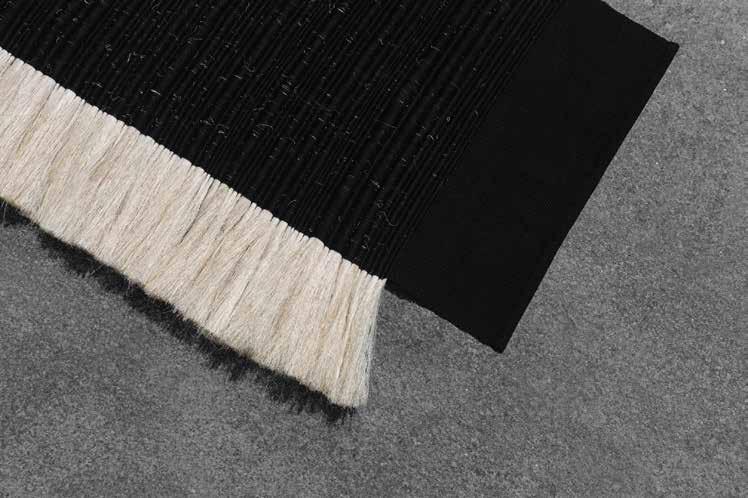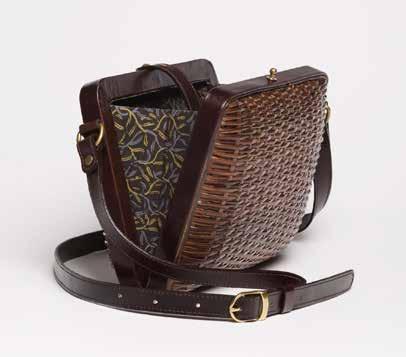TEXTILE BOOK





















Noticing that there were many dyes whose origin was Mexican, I decided to investigate and experiment for a year, month after month, a different dye. It all started with the cempasuchil flower after the Day of the Dead, then I dyed with palo campe che, beans, achiote and of course indigo and red cochineal, among much more.




This textile collection arises following my research on natural fibers in Mexico – and their uses. Palma, oyamel, bejuco, henequen, sanse vieria, cotton, jipijapa and lechugui lla are some of the plants that skilled local hands transform into raw material used to create objects that convey us a sense of their territory and culture.
In the context of a widespread ecosystemic crisis, it is crucial to look for natural alternatives for the manufacture of objects. My approach is to seek to innovate building on ancestral local knowledge.
Coatl detail, sisal cord on the weft and black and white cotton thread on de warp.


This textile collection arises following my research on natural fibers in Mexico – and their uses. Palma, oyamel, bejuco, henequen, sanse vieria, cotton, jipijapa and lechugui lla are some of the plants that skilled local hands transform into raw material used to create objects that convey us a sense of their territory and culture.
In the context of a widespread ecosystemic crisis, it is crucial to look for natural alternatives for the manufacture of objects. My approach is to seek to innovate building on ancestral local knowledge.
Ki detail, where materials are exposed on its own and then the junction of both

Chelsea College of Arts, University of the Arts London
The Narrative Geographies Project
explores local identities and the representation of the territory through textiles and their visual and tactile capacity for expression. The Altiplano is the inspiration for this work, especially the salt flats, the grasslands, the extension and the color of the north of Chile.

Details and study processes of color, materials and texture.



The idea was to illustrate the wicker plant with which the bags are woven, while at the same time showing through the drawing its flexibility and ability to be woven.


